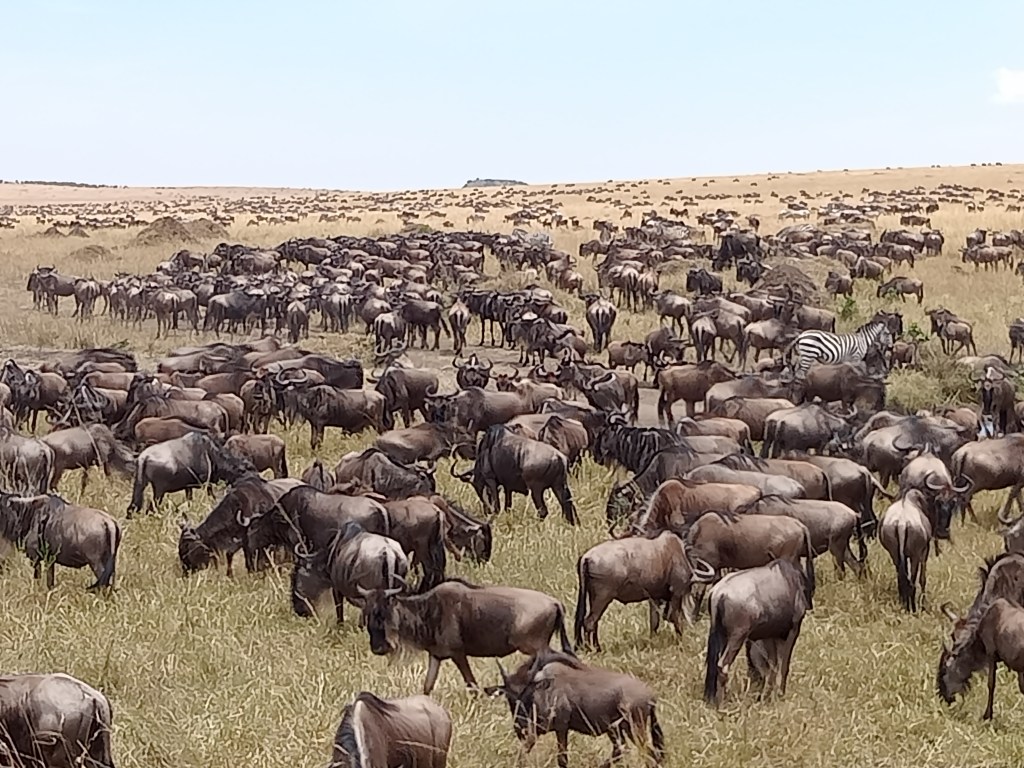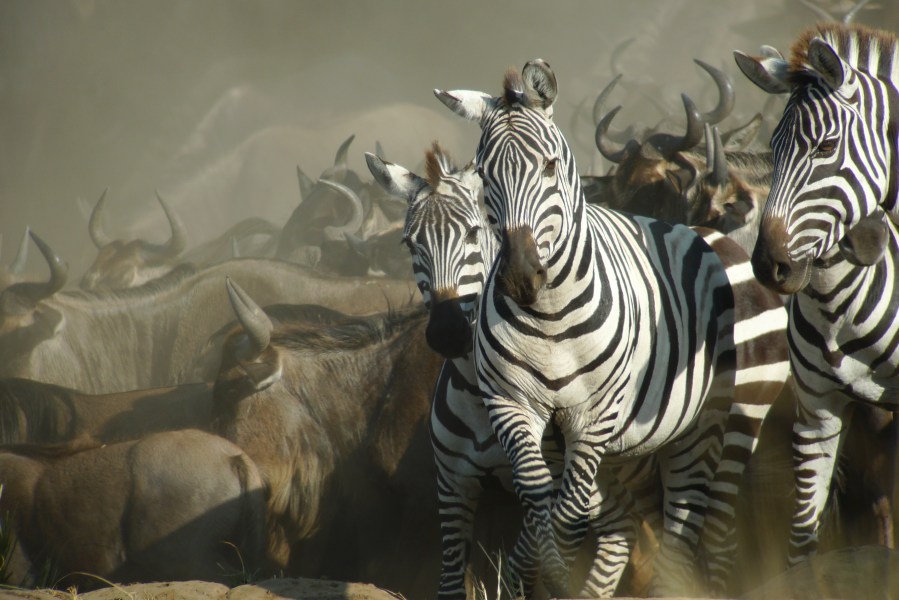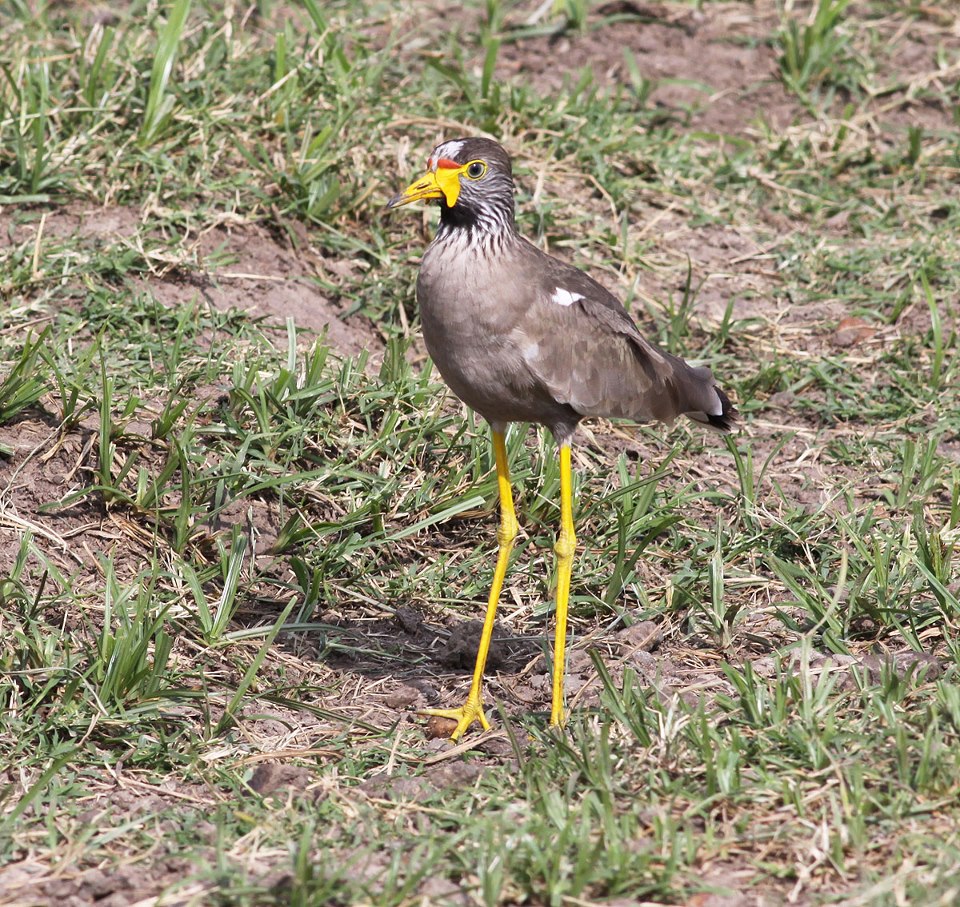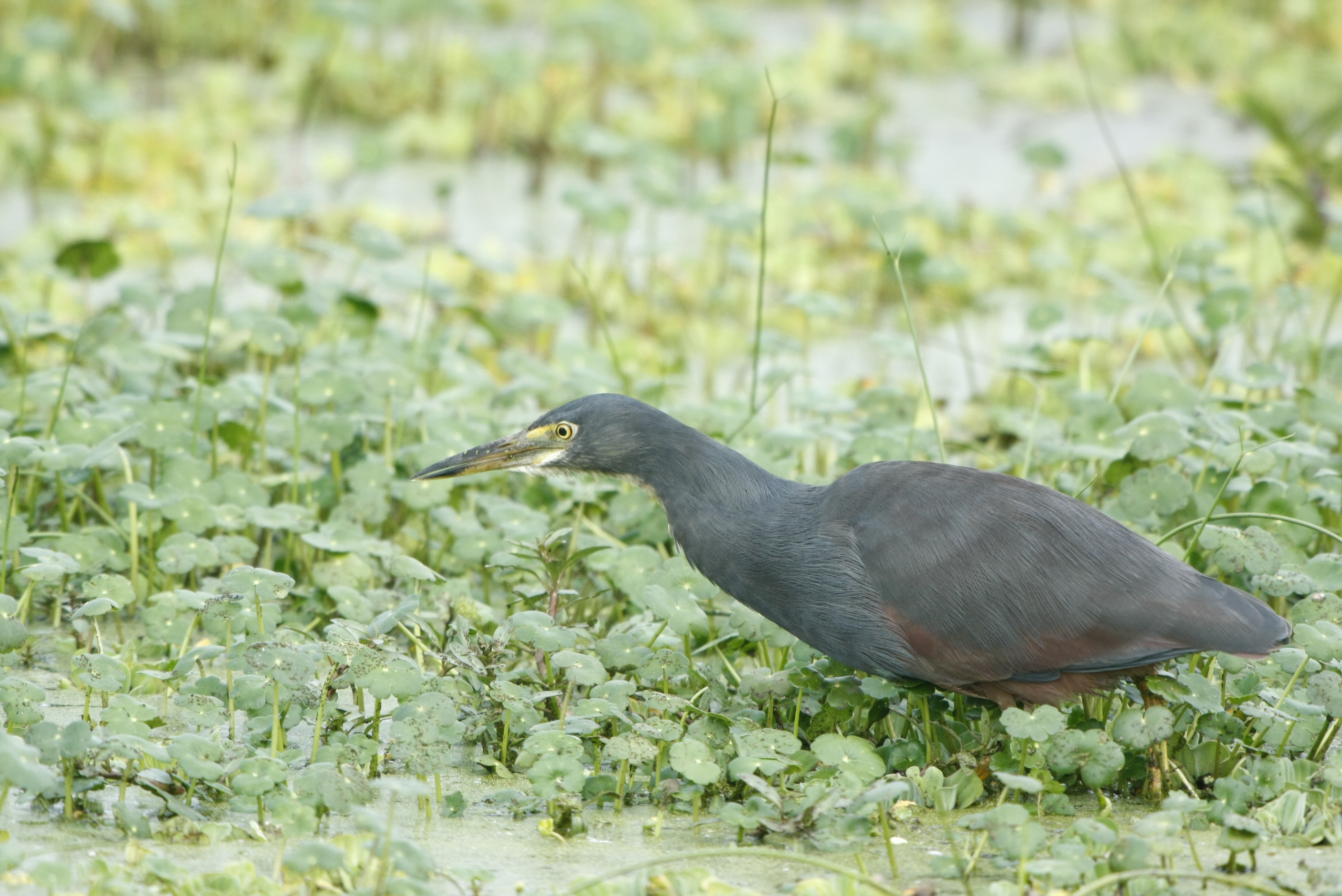The Masai Mara National Reserve is 1500sqkm and is surrounded by sevral wildlife dispersal areas in south-western Kenya. Collectively, the reserve and its surrounds are often called the Greater Mara; here, Masai Mara refers to the entire IBA (Important bird area). The reserve adjoins the Serengeti National Park along the Kenya/Tanzania border, and is considered part of the same ecosystem.
The National Reserve is Kenya’s most-visited protected area, world famous for its high density of herbivores and predators, and the annual migrations of wildebeest Connochaetes taurinus. In 1996, it was nominated for designation as a World Heritage Site. To the north, east and west are large parcels of land demarcated as group ranches owned and inhabited by the semi-nomadic pastoral Maasai people.
This communal land forms an extensive wildlife dispersal area for the reserve, comprising the group ranches of Siana (152,000 ha), Koiyaki (94,000 ha), Olkinyei (80,000 ha), Lemek (66,000 ha), Kimindet (37,000 ha), Olorien (26,000 ha), Olchorro Ouirwa (11,800 ha), Kerinkani (8,100 ha) and Angata Baragoi (7,900 ha).
Habitats in the Masai Mara are varied, including open rolling grassland, riverine forest, Acacia woodland, swamps, non-deciduous thickets, boulder-strewn escarpments, and Acacia, Croton andTarchonanthus scrub. The permanent Mara and Talek rivers, and their tributaries, flow through the reserve and approximately trisect it. There is a pronounced rainfall gradient from the drier east (with c.800 mm rain/year) to the wetter west (with c.1,200 mm/year).

In some respects, the Masai Mara is the most spectacular part of any birding trip to Kenya, with its long views over flat-topped acacias and grassy plains filled with animals. Birdwatching here will be delightful, and highlights should include Temminck’s Courser, Yellow-throated Sandgrouse, Black-bellied and Kori Bustard, Southern Ground-Hornbill, and other species that suffer from disturbance outside these large protected areas. Other highlights may include Rufous-bellied Heron, Saddle-billed Stork, Sooty Chat, Schalow’s Turaco, Red-throated Tit, Magpie Shrike, Tabora Cisticola, African Wattled Lapwing and Western-banded Sanke Eagle.









One thought on “Maasai Mara National Reserve”